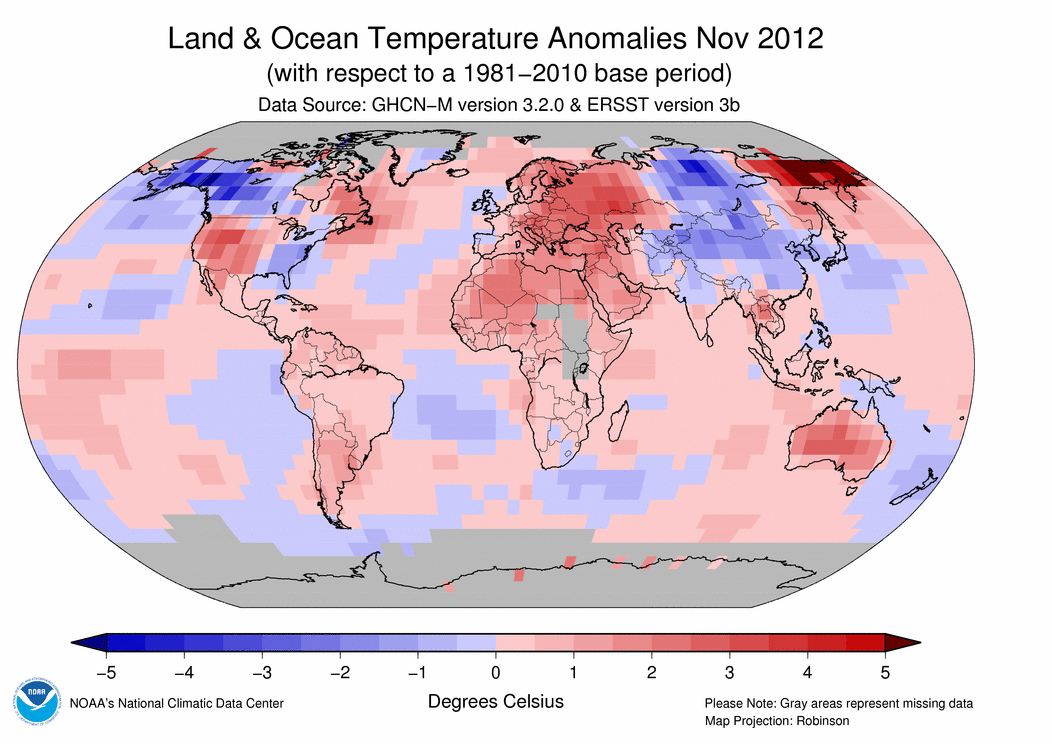[h=2]Japan on Alert for Pair of Tropical Systems
[h=6]By
Eric Leister, Meteorologist [h=5]July 30, 2014; 6:50 AM
More Sharing ServicesShare |
Share on facebook Share on twitter Share on linkedin
Fresh on the heels of
Typhoon Matmo, portions of Eastern Asia will need to keep an eye on a developing cyclone currently spinning in the Western Pacific Ocean.
This large area of low pressure currently sits several hundred miles south of Okinawa, Japan, and east of the northern Philippines producing widespread showers and thunderstorms along with gusty winds.
Showers and thunderstorms remain disorganized around this large area of low pressure, preventing development into a named cyclone at this time.
This satellite image, courtesy of UW-CIMSS, shows a large area of showers and thunderstorms northeast of the Philippines Wednesday night, local time. Development into a named cyclone is expected in the next 24 to 48 hours.
This low pressure area is currently over an area of very warm water; however, moderate wind shear combined with the large size of the low pressure has hampered development thus far.
Wind shear is expected to weaken on Thursday, allowing further development and strengthening as it moves through the southern Ryukyu Islands of Japan.
Due to the massive size of this storm, heavy rain and locally gusty winds will impact much of the Ryukyu Islands through Friday. Heavy rain will also spread into Kyushu during this time.
While Taiwan will miss the worst of this storm, some downpours may occur in the north and east as the low passes through the Ryukyu Islands.
RELATED:
West Pacific Typhoon and Tropical Storm Center
Japan Interactive Radar
China Weather Center
Anyone living in or visiting areas from eastern China through southern Japan and South Korea should closely monitor this potential cyclone as heavy rain and locally damaging winds are possible as the storm moves northward this week.
The Shanghai area will likely experience some of the outer fringes of the storm from Friday into Saturday. Downpours and gusty winds are possible, though the worst of the worst is expected to impact southern Japan and South Korea during this time.
Southern Japan, especially Kyushu and Shikoku, along with much of South Korea should be prepared for potential flooding and mudslides as heavy rain falls through the weekend.
While the future intensity of the storm remains unclear due to the amount of wind shear it will encounter along its northwest track, heavy rainfall and flooding are expected regardless of strength.
With the status of this developing cyclone subject to change, please be sure to check with the
West Pacific Typhoon and Tropical Storm Center for the latest information.
Another area of concern is Tropical Storm Halong which passed just north of Guam Wednesday, local time. Although the center of circulation has passed, heavy rain from the outer bands continue to soak the island. Halong will gradually move away as it tracks west-northwest through Friday.
As of Wednesday night, local time, Guam has seen an accumulated total of nearly 10 inches of rain and a peak wind gust up to 53 mph. More rain and wind will continue through Wednesday night.
Heavy rain can be seen in this radar snapshot of Halong Wednesday afternoon as the center of circulation drifts away from Guam. (Photo courtesy of NOAA)
Further strengthening is expected as the storm moves northwestward, and it may reach typhoon strength in the next 48 hours.
In the longer range, this cyclone could target Japan with another round of heavy rain and damaging winds next week.
As this cyclone tracks more northward later this week and early next week, the potential exists for rapid strengthening and a Halong could become a very dangerous and powerful typhoon prior to reaching Japan.











